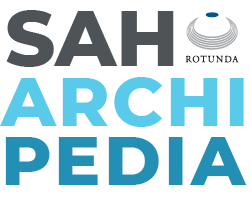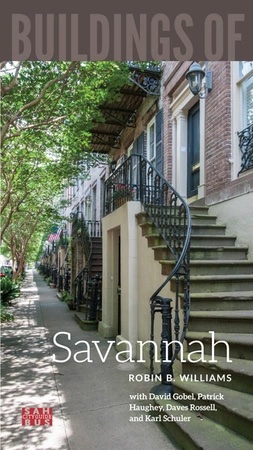
A year after the Housing Authority of Savannah was formed in 1938, work began on a “slum clearance and low-rent housing project,” with the U.S. Housing Authority administrator Nathan Straus presiding. Built exclusively for African Americans, four hundred and eighty subsidized rental units form widely spaced parallel rows of two-story, multifamily housing blocks. These blocks feature porches, pediment-shaped roof vents, and a rather abstract form of quoining, all suggestive of high-style, traditional architecture. Hot water was originally supplied by solar collectors on the roof of each unit, which functioned until 1968. The architecture and urban layout seem to be a cross between Congrès Internationaux d’Architecture Moderne (CIAM)-inspired Zeilenbauen (linear blocks) and historic Savannah row house design, set in a green parklike setting with pedestrian paths replacing the former streets. Most remarkable is the community house (Yamacraw Administration Building), completed in 1941 at 349 W. Bryan Street, a replica of the celebrated Hermitage plantation house nearby that had been demolished just six years earlier. The recollection that the “big-house” at the Hermitage was once flanked by rows of slave quarters is eerily invoked by the community house’s axial alignment onto a grassy mall flanked by housing blocks. Contrary to perceptions of public housing today, Yamacraw (one of first housing projects in the country to use cement blocks) and other subsidized housing projects in Savannah were celebrated modern additions to the city and promoted as tourist destinations.

